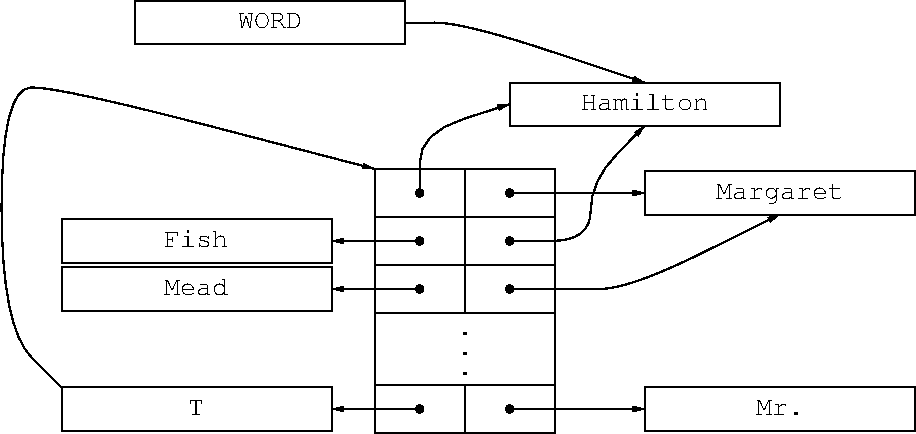Historical how and why of hash tables

Length: 35 minutes
Prerequisites: Basic familiarity with associative data structures (hashes, dictionaries, associative arrays)
in some language
Description
Hash tables, dictionaries, and other associative data structures are so ubiquitous in modern programming languages that we can forget that at one time they were fresh and innovative. How did we live without them? Not too well, as I will describe.
I will explain how hashes work in general and compare the implementations in the Perl and Python programming languages. I'll also discuss the non-hash implementation of similar language features in the earlier languages Lisp (1960ish) and SNOBOL (1965ish).
This talk will be suitable for:
- people who have never heard of a hash table
- people who know what it is but not how it works
- people who know how it works but are interested in history
Start here
Browse the slides
Lecture notes: what I said in the talk
Complete slides, tgz file
Complete slides, zip file
Video
Thanks to Chris Ball, a video of this talk is available.
Older Versions
The current version is 1.2, which I delivered to Philadelphia Linux
Users’ Group in January 2016. It has minor revisions from
version 1.0 (April 2015 Recurse Center version) and
version 1.1 (July 2015 Perl Mongers version).
Return to:
Universe of Discourse main page |
Perl Paraphernalia |
Other Classes and Talks
mjd-perl-yak+@plover.com
